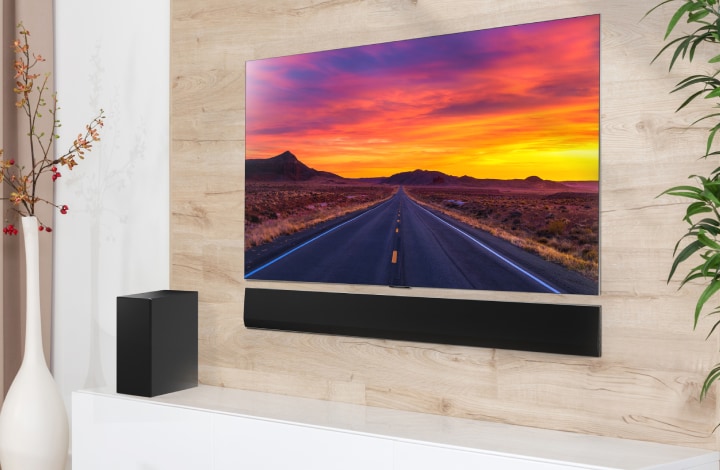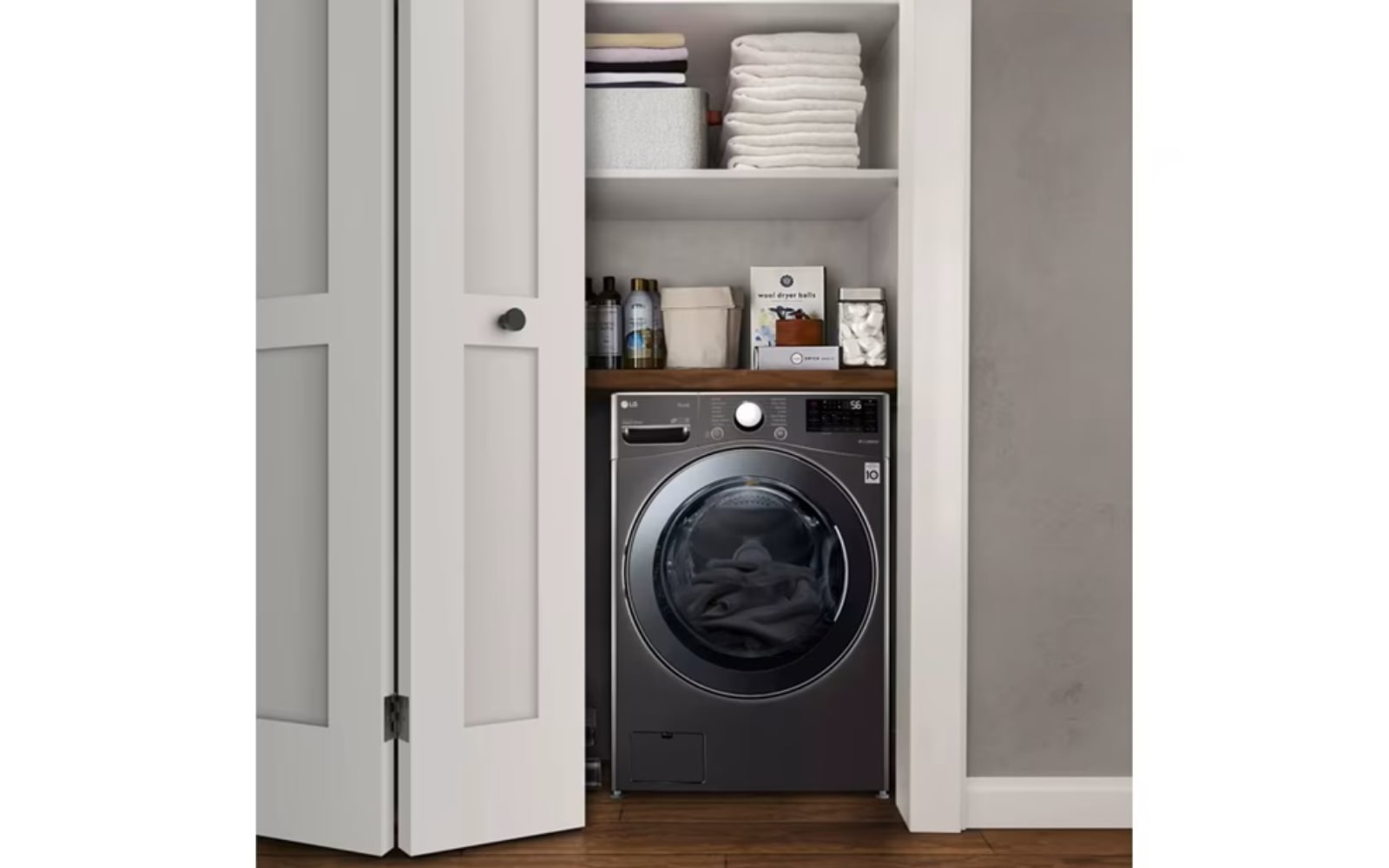We use cookies, including cookies from third parties, to enhance your user experience and the effectiveness of our marketing activities. These cookies are performance, analytics and advertising cookies, please see our Privacy and Cookie policy for further information. If you agree to all of our cookies select “Accept all” or select “Cookie Settings” to see which cookies we use and choose which ones you would like to accept.
Helpful Hints
What is 4K television?
The latest standard in television. 4K TVs deliver picture quality 4 times sharper than Full HD. Get the best from Netflix and Amazon Prime Video with our guide to 4K TV.
4K Ultra is the successor to High Definition (HD) TV. It is often known as Ultra HD or UHD. If you’re buying a new TV today, it’ll most likely be 4K.
But what is 4K television, and how does it enhance viewing? Our guide explains…
The experience of 4K TV and the capabilities it brings redefine how we watch videos.
Put simply, the screen boasts four times the resolution of a HD screen, offering remarkable detail when you choose a 4K Ultra TV.
The result? Richer, more in-depth visuals that leap off the screen. 4K is fast becoming the norm for filming blockbuster movies. Streaming platforms and movie studios are adding more and more new titles in 4K.
Benefits of 4K TV
- Sharper picture quality with more detail and depth
- The ability to sit closer to the screen without seeing the individual pixels
- Netflix, Apple TV and Prime Video movies and some sports released specifically for 4K TVs
- Options to suit all budgets – from entry level to some of the best TVs currently available
How does 4K work?
Your TV picture is made up of pixels, and 4K televisions work by packing in many more than your HD TV. A typical HD screen contains around two million pixels. But a 4K resolution increases the pixel count to 8.3 million.
TV screen resolution is defined by the total pixels going horizontally and the scanning lines vertically from top to bottom.
4K TVs double the number of pixels and vertical scanning lines. So, we have the below…
- HD: 1920 (horizontal) X 1080 (vertical)
- 4K: 3840 (horizontal) X 2160 (vertical)
If you tried to put all the pixels from the HD TV into the 4K TV, it would fill only one quarter of a 4K TV screen.
This means, with HD TV fewer pixels are spread across the same 55-inch TV screen. When pixels are stretched, the picture quality breaks up and the amount of detail you can see is reduced. By packing 8 million pixels into the same 55-inch space, you create a much more detailed picture that looks great even when watched up close
Why choose a 4K TV?
Now is a great time to invest in a 4K Ultra High Definition television. You can choose from a selection of screen sizes to suit any budget. Start with an entry-level 4K TV, or enhance your viewing with a top-of-the-range model. These televisions often support smart TV features and formats like Dolby Vision, further enhancing the dynamic range of colours. Read on to find out more about the key benefits of 4K TV…
4K TV Picture quality: 4 times the detail of HD
If you’re watching 4K content on your TV, the improvement in image resolution is clear. Experience games as the developers intended and movies through the eye of the director. Match day is more memorable. Screen clarity is enhanced, and the colours more true-to-life.
HDR: See more detail in the shadows
4K Ultra resolution works hand in hand with High Dynamic Range, a video format better known as HDR. 4K increases the number of pixels while HDR improves the quality of those pixels.
Benefits of HDR:
- Expands the shades between the deepest black and brightest white
- Helps pick out those small, nuanced details in the shadows
- Help approach true-to-life colours with a palette of over 1 billion
See bluer skies, more shades of green in nature and enhanced detail in any environment – whether you’re watching HDR-enabled content on Netflix or playing the latest game consoles. Many gaming consoles support 4K and HDR, delivering movies or Blu-ray media with incredible picture quality
Sit closer to the screen with 4K TV
The 4K display stays pin-sharp at a closer distance than you’re used to. That’s because the sheer number of pixels in a 4K Ultra resolution broadcast can reveal more detail than the original transmission.
It isn’t as distinguished a difference if you’re sitting a typical distance from the TV – but nudge your couch just a little closer and you’ll be drawn into a completely new level of phenomenal visuals.
What can I watch in 4K?
To get the best from your 4K TV you need to watch 4K content. For several years, there was little content available. Today that’s changed hugely – with 4K content available from:
Netflix in 4K
Original series like Stranger Things and Black Mirror, plus Oscar-winning films including Roma.
Amazon Prime Video in 4K
Sports documentaries including All Or Nothing, as well as Amazon Originals The Man In The High Castle, Homecoming and much more
It's now a great time for those who enjoy digital media, ranging from streaming services to Blu-ray, to experience Ultra High Definition.
Why is 4K content important?
Simply put, it’s the best way to experience your 4K Ultra TV.
Frequently asked questions about 4K TV
Got a query about the power of 4K? Going beyond the question of what is 4K TV, there is lots more to learn. Here’s what you wanted to know about 4K.
Is it worth buying a 4K TV?
The likes of Amazon and Netflix are already turning live events and must-see TV into a visual feast for the senses using 4K. As the technology advances and our appetite increases, more irresistible programming is on the way. Find out how 4K is already reshaping the TV landscape and you’ll be ready for more unmissable action.
What is 4K upscaling?
4K upscaling is the process of converting non-4K images to near-4K quality. A processor in the TV improves the quality of SD and HD pictures, frame by frame, and displays them in a much higher standard. The pictures appear sharpened and clearer, with the same processor improving picture quality. Even if you aren’t watching native 4K content, you’ll experience a much better picture thanks to 4K upscaling.
Is 4K really better than 1080p?
4K TV is not only better – it’s precisely four times better. With a screen containing four times the number of pixels, a 4K resolution display packs in more fine detail. The bigger the screen, the better – especially from close up. Get up close and personal with a 4K screen and the detail stays clear and consistent without breaking up.
Are OLED TVs 4K?
Most OLED TVs boast 4K resolution. It’s important to point out that OLED and 4K are different technologies. OLED is a type of screen technology, whereas 4K is a screen resolution. So, you can have an OLED TV that is also 4K. When OLED screen is combined with 4K resolution, you get one of the best picture quality experiences available. For gaming enthusiasts, these televisions offer a wide range of specifications that redefine the experience.
Getting started with 4K TV
Find out more about the different LG 4K TVs with our guide or browse the range.

.png)
.png)
